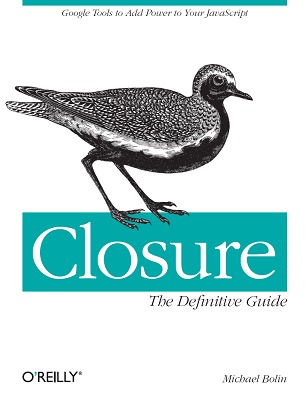Two weeks ago, I posted two SAT-style Quantitative Comparison questions. This week, I am posting the solutions (sorry, I know it's a bit late).
If we let the radius of the inner circle be r and the length of segment BC be s such that the radius of the outer circle is r+s, then we can express all the quantities that we are interested in in terms of r and s.
The length of arc CE is:
¼(2π(r+s)) = ½πr + ½πs
The length of arc BD plus the length of segment DE is:
¼(2πr) + s = ½πr + s
The length of segment CB plus arc BD plus the length of segment DE is:
s +¼(2πr) + s = ½πr + 2s
When comparing each pair of terms, the ½πr cancel each other out. Because s is a length, we know that s>0, which means that ½πs is always greater than s, but is always less than 2s. In terms of answering the quantitative comparison questions, this means the answer to the first question must be A and the answer to the second question must be B.
Put another way, if you are walking around a 90 degree arc (such as from point C to point E), it will always be faster to walk around the outer arc than to walk to an inner arc, traverse it, and return to the outer arc. What is particularly interesting is that this is true regardless of the radius of the inner arc.
Now before you start taking the outside edge of every curve, note that this only holds true for arcs less than a certain size. For example, what if it you were traversing a semicircle instead?
The length of the outer arc would be:
½(2π(r+s)) = πr+πs
The length of the two straightaways plus the inner arc would be:
s +½(2πr) + s = πr + 2s
Because πs is greater than 2s, it makes more sense to walk to the inner arc when walking around a semicircle! So where is the breaking point? This can be determined by letting x be the fraction of the circle to traverse and setting the two path lengths equal to one another and solving for x:
x(2π(r+s)) = x(2πr) + 2s
2πxr+2πxs = 2πxr + 2s
2πxs = 2s
πx = 1
x = 1 / π
Plugging that into Google Calculator, we see that x is ~0.318, so once you're walking more than a third of the way around a circle, it makes more sense to move to the inner arc.
I thought that this would make a great SAT question for several reasons. First, and most importantly, this is a quantitative comparison question that does not have any numbers, yet its answer is not D! I'm pretty sure that most students hated geometry (so sad!), so when they come to something like this, it's pretty easy to throw up one's hands and declare the question unsolvable. Of course such a student would be incorrect...
Also, this question is resistant to some common SAT-solving techniques. For example, for geometry questions where the figure is to scale (such as this one), The Princeton Review will tell you to make small marks on your answer sheet so you can use it as a ruler, but because this problem involves arcs, that is of little help. Another common SAT tip is to redraw the diagram, exaggerating r or s, but if you play around with that, you can probably convince yourself that there are cases where one quantity is larger than the other, but it's hard to say conclusively that it holds true for arbitrary values of r and s.
That means the only ones who will be answering the question correctly are those who can do the math. Isn't that how it should be?
Sunday, April 5, 2009
Subscribe to:
Posts (Atom)
